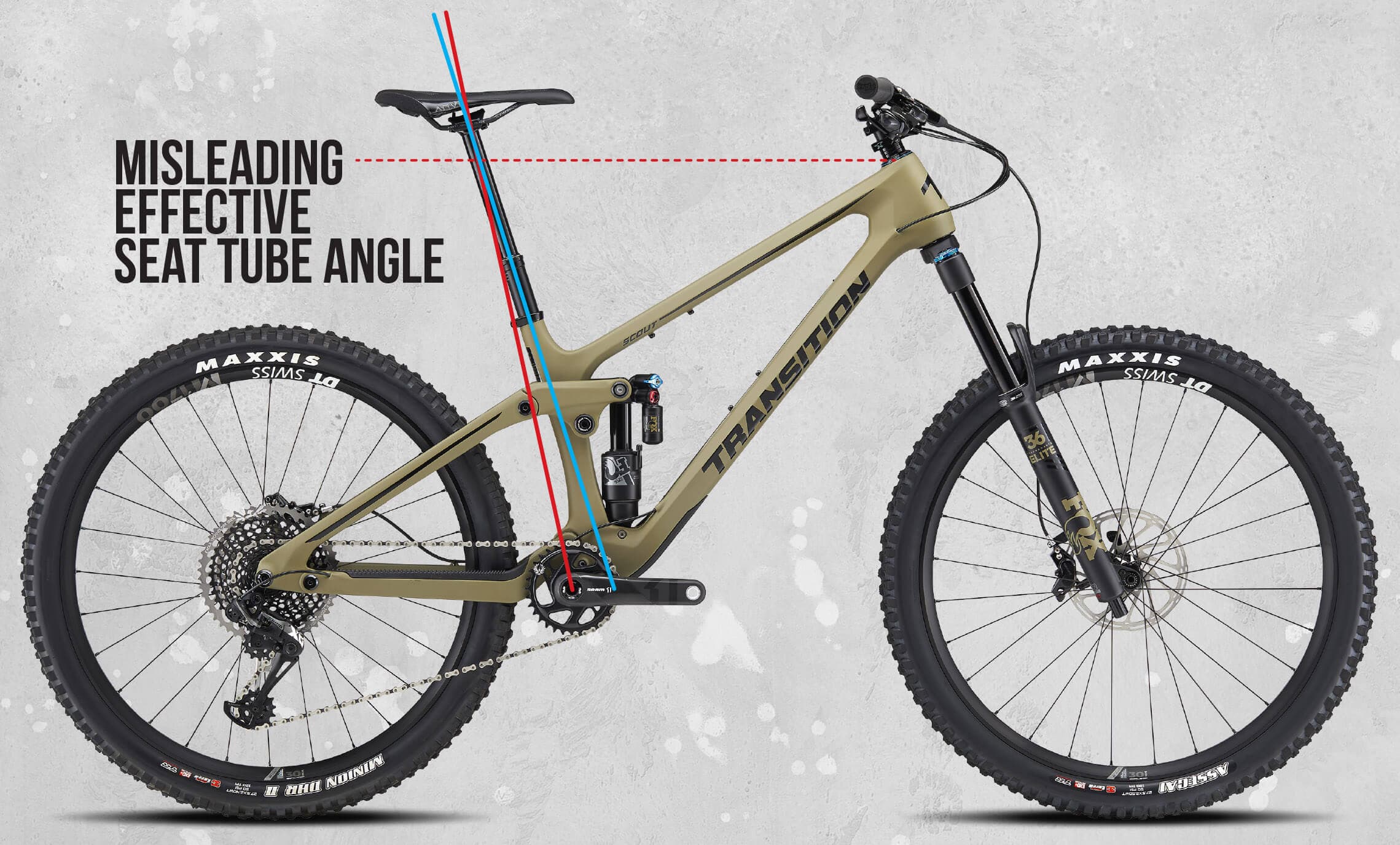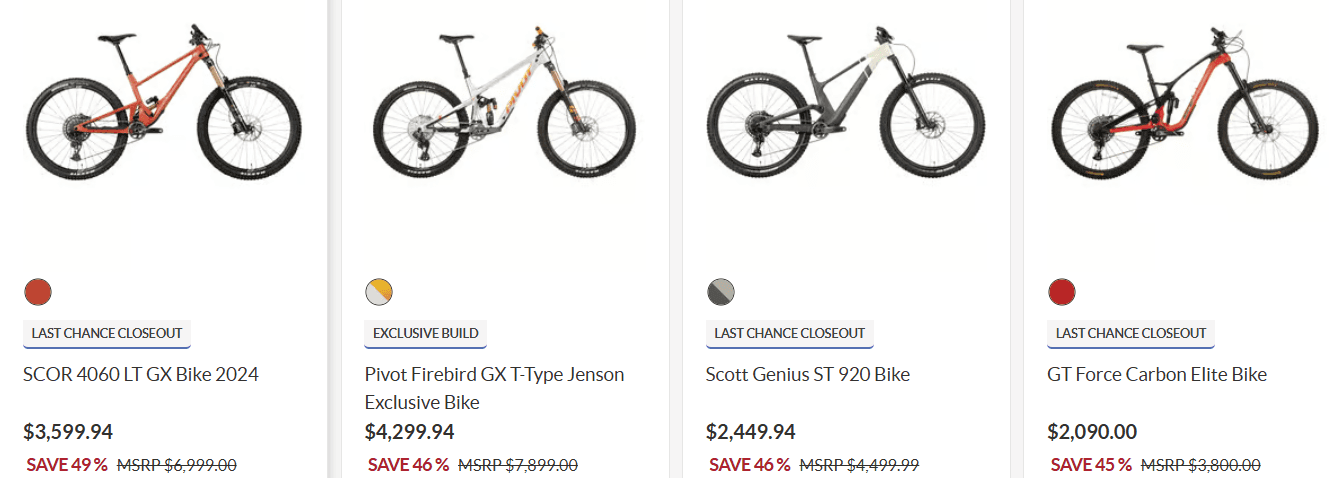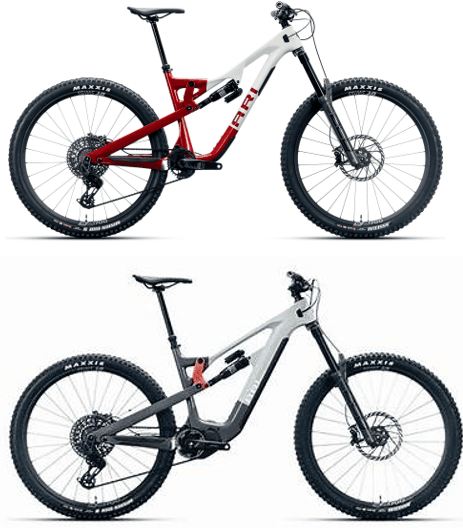Biomechanics of climbing: Geo and anatomy

Today I want to talk a little bit about the biomechanics of mountain biking—specifically, how body and bike geometry interact during climbing, and why paying attention to things like seat tube angle, chainstay length, and even saddle tilt can make such a big difference, especially on steep terrain.
Understanding the planes of motion
We operate in a three-dimensional world, so when we describe riding—uphill, downhill, or anywhere—we need the right vocabulary. The main planes are:
- Sagittal plane: Imagine viewing a rider from the side—this plane is flexion and extension (think pedaling up and down).
- Frontal plane: View from the front or back—think abduction and adduction, like jumping jacks.
- Transverse plane: Looking down from above or through rotation—internal and external rotation.
Most climbing movements in mountain biking—whether seated or standing—occur in the sagittal plane. Pedaling is primarily flexion and extension at the hip, knee, and ankle. During climbing, you’re usually pretty static in the frontal and transverse planes unless you’re turning or correcting balance. This means we can make some useful generalizations about how your body position and bike geometry interact during climbs, which is key for understanding both fit and performance.
Center of mass and bike geometry
Your center of mass location—roughly near your belly button—is fundamental to how your bike feels underneath you. Bike engineers may design suspension and frame geometry for an “average” center of mass, but personal comfort can vary wildly. When I was working on my master's in Kinesiology, I spent a lot of time pondering body position, force development, and torque while grinding up steep hills, and some lessons stuck with me.
Keeping the front wheel down on steep climbs is all about getting your center of mass forward enough. You can accomplish this in a few ways:
- Increase hip flexion (lean further forward),
- Lengthen the rear of the bike (with longer chainstays),
- Steepen the actual seat tube angle or move your saddle forward on the rails.
Moving your saddle forward and increasing the seat tube angle both serve to shift your hips—and thus your center of mass—forward, placing more weight over the bottom bracket and front wheel. This isn’t just theoretical: on steep pitches, a forward position is the difference between grinding up and looping out. Peer-reviewed research confirms that fore-aft saddle position and seat tube angle are crucial in determining climbing efficiency and center of mass location, especially for more challenging ascents.
Of course, head tube angle and front center matter as well—but it’s a balancing act: if you lengthen the front, the rear needs to keep up for optimal weight distribution.
Comfort vs. power: The secret ingredient
Nearly everyone knows the pain of your perineum when you edge to the front of the saddle and stay there to keep the front wheel down. There’s a myth—often carried over from road and cross-country bikes—that a more flexed and aggressive position is more powerful. In reality, working at your end range of motion is rarely your strongest or most sustainable position. Power output itself might not change much, but efficiency and comfort do; an upright climbing position is much more comfortable and easier to maintain. Constantly perching on the saddle’s nose often leads to unwanted numbness and discomfort.
A brief history in geometry trends
When I started mountain biking, bikes were much smaller—often an uncomfortable and ill-fitting experience, which led many riders (including myself) to continually tinker with our setups. Over the years, the industry’s made massive strides. We saw trail and enduro bikes get longer, slacker, and roomier up front, but at first, chainstays didn’t keep pace. Pioneers like Pole and Geometron helped shift thinking—bikes started getting longer, and some with larger chainstays, improving both fit and climbing capability. Transition gets a shout out for making great geo as a mainstream brand. Go figure-we live in the same town!
Seat tube angle—more than just a number
Let's talk seat tube angle (STA). A steeper STA makes it easier to achieve a strong, comfortable, mid-range pedal position—especially crucial for taller riders or those climbing steep terrain. Slacker angles move your center of mass rearward, making you work at the edge of your hip flexion and compressing rear suspension even more—far from ideal.
You’ll see these effects in real-world bike setups: for example, with my old Knolly Fugitive, even slamming the seat forward left me near my flexibility's end range and less comfortable. Switching to a Delano Peak, with more upright geometry, let me truly dial in comfort for climbing while keeping options for adjustment on the rails.
Some riders worry steep seat tube angles shorten effective top tube and seated reach—this is true for certain sizes, but I suggest: set your downhill fit (reach/stack) first, then adjust seat tube angle and saddle position for climbing. Remember, “reach” matters when standing, “effective top tube” when seated—moving the saddle forward (either on rails or by steeper STA) doesn’t change your reach.
Straight vs. kinked seat tubes & real-world fit
Kinked tubes or misleading “effective” angles can put you in a bad position, regardless of what the numbers say—if you’re all the way forward on the rails and still can’t get comfortable, the seat tube angle’s just too slack for you. Furthermore, kinks in tubes also kill dropper insertion. Straight tubes let you run big drop. Big drop is big fun.
Chainstay length—climbing, comfort, and control
As bikes got longer and slacker up front, those that didn’t match with longer chainstays suffered in climbing or steeper STA. My most comfortable and efficient climbs were on bikes with both a steeper STA and a long chainstay (like the Banshee Titan). Longer stays balance front-rear weight for more comfort and traction. Engineering and fit consensus: balanced geometry means front length and rear length should grow together for a more stable ride. Now of course it’s ok to have your own preferences.
Saddle angle & the magic of SwitchGrade
A final secret weapon: saddle tilt. On steep, sustained climbs, lowering your saddle nose (“nose down tilt”) can relieve perineal pressure and actually reduce the required hip flexion, making hard climbs more comfortable and efficient. Before I found devices like Aenomaly’s SwitchGrade, I’d have to manually re-adjust the angle at the bottom and top of climbs. Now, with a quick adjustment, I can climb more powerfully and in more comfort, and so can my riding buddies. This is increasingly common practice, especially in the Pacific Northwest and British Columbia, and I highly recommend trying it if you ride big climbs.
Fit & individualization
All of these elements—seat tube angle, chainstay length, saddle tilt—are tools for dialing in a bike that suits your body, flexibility, terrain, and riding style. There’s no one-size-fits-all solution. Personal proportions, local geography, and your specific comfort zones all matter.
Smaller riders on smaller bikes generally require less steep seat tube angles and already benefit from relatively longer chainstays for balanced handling, while tall riders and those riding steeper terrain are more sensitive to these geometry choices.
Key takeaways
- Steeper seat tube angles benefit tall riders and help on steep climbs
- Longer chainstays rebalance the bike as the front grows, increasing climbing comfort and traction, and also influence DH handling for better/worse
- Saddle tilt adjustments—especially with a SwitchGrade—can transform your comfort and power on big climbs
- Fit is personal—experiment and use these tools to find what works best for your body, not just what’s trendy.
Looking ahead
I’ll dive into the frontal and transverse planes (and riding downhill) in a future post—there’s a lot more to explore! For now, I hope this helps you find more comfort, power, and fun on your next ride.
Want some more reading? These links suck but I’m not going to spend the time to get you better ones.
On biomechanics of cycling and geometric/fit factors:
- Biomechanics of Cycling (Fonda & Sarabon, review PDF)
(Covers influence of geometry, fit, joint ranges, and saddle positioning on cycling performance and comfort.) - Effect of Seat Tube Angle and Exercise Intensity on Muscle Activity Patterns in Cyclists (Duggan et al., 2017, open access)
(Discusses seat tube angle and muscle performance/fatigue.) - The Effects of Bicycle Frame Geometry on Muscle Activation and Power (Ricard et al., 2006, open access)
(Explores how frame geometry including STA impacts climbing, efficiency, and power.) - Effect of variation in seat tube angle at different seat heights on submaximal cycling performance in man (Price & Donne, 1997, open access)
(Older but classic work on STA, comfort, and VO₂ efficiency.)
On saddle pressure, position, and comfort:
- The effect of saddle position on saddle pressure during cycling (Stone et al., full text)
- Saddle tilt during uphill cycling improves perceived comfort levels (Hynd & Cooley, open access)
(Peer-reviewed results supporting nose-down saddle tilt for uphill comfort.) - Nose-down saddle tilt improves gross efficiency during seated-uphill cycling (Wilkinson & Rodger, 2021, preprint/full text)
(Directly measures power and efficiency with nose-down tilts on steep grades.) - Saddle pressures factors in road and off-road cyclists (open access)
On additional fit factors, history, and muscle activation:

